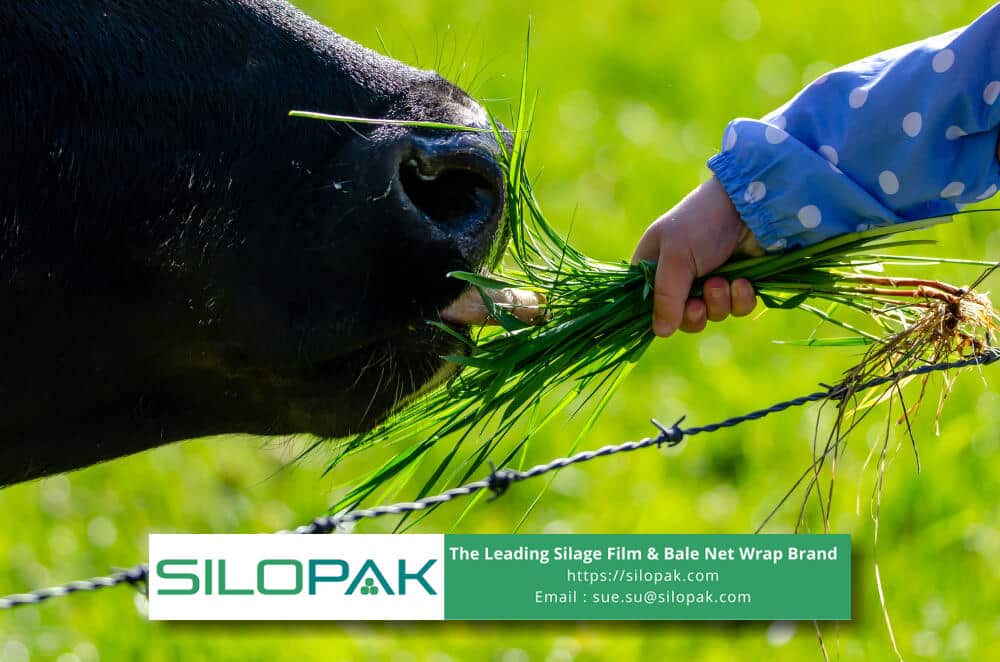contents
Is guinea grass good for cattle? There are so many kinds of raw materials as the basic content of fodder. Each of them has a specialty. The nutritionist keeps upgrading the knowledge about what plants or substance that is beneficial to boost husbandry and farmland business output.
Many aspects differentiate the animals’ necessities. Pregnancy, nursery, and the product expected are some of the conditions. The experiments done on the cattle that are expected as the milk source show that Guinea grass gives benefits.
Is Guinea Grass Good for Cattle: Consideration of the Claim
Proving something is good needs data on the advantages. As stated above, the condition, the products expected, and the species are also considered to make a claim to be good or bad. Having Megathyrus maximus as another name, this grass possesses crude protein in about 12 to 14% of young grass.
It is productive with 70s tons each hectare. It is said to be palatable for cattle and other kinds of livestock. Usually, it is used as an ingredient to make silage. However, because the protein is no more than 20%, it needs to be mixed with other plants with high protein. The fiber content is about 30%.
So, it has a positive answer to the question that, yes, based on many reviews and information, this grass is categorized as a good material for cattle fodder. It even boosts cattle products and performance. In many husbandries around the world, this grass has become the main food source for cattle.
There are some reasons why this grass is known as good material.
It is a Perennial Grass
With the capability to live for a long time gives benefits to both farmers and livestock. The farmers will be easy to harvest the grass. As it is strong, it can be harvested many times.
It is Fast Growing
Besides being perennial, this grass is also rapid in growing. After harvesting it for fodder supply, not long after that (in a certain amount of time), the grass will be ready to supplement the cattle. It is even known as the grass with high yielding.
It Can Grow in Various Areas
While it can tolerate some level of humidity or dryness. It grows well in tropical areas. A good area to grow it (beside fields) is along the water channel. In this area, the supply of water is not to be worried about. In conditions where water is hard to get, this grass can grow well. It is hight drought tolerant.
Ready to Serve
If it is not to be mixed or processed with the other ingredients, it can be consumed as raw food.
Leafy
Why is leafy considered a strength? That is because it adds more material to the fodder. This part of the plant is the main part that cattle and other livestock can eat.
Caution
Is Guinea grass good for cattle? Let us talk more about the negative side. Besides strength, the grass also has a weakness. One of them is the toxicity that might come with it. Hepatotoxins can be in the grass. Those cause secondary photosensitization. Treatment for the animal that is affected is to keep the animal in the dark place. It has to be fed with chlorophyll-free fodder.
The symptoms are inflamed skin, and the eye might show symptoms too. Although it is claimed to be beneficial, this has to be noticed. The symptoms can also be the signs of liver damage. When the cattle or other livestock have those, you might want to have a further medical examination.
How Do You Control Guinea Grass?
As belonging to a rapidly growing plant, this grass can be excessive. The massive growth with the small number of harvesting is not balanced. The ideal area to grow this grass is in big husbandry with a large number of animals. However, an ideal of something is not always reached easily.
Unfortunately, no herbicide is specially made to control this grass. The manual way can be digging clumps. However, you need a digging tool such as a mattock because this grass belongs to a deep root plant. The plant is not waterlogging tolerant, so another way to control it is to set the place as waterlogged. But this is not suggested as we need the water for other importance.
It also cannot tolerate acid soils. But again, making the environment inhospitable for the grass is not an effective way because the soil is also for the other plants. The cold temperature also doesn’t make the plant good. But using temperature to control the growth will not be effective unless it is in the right season. A good method of controlling the plant is cutting consistently. It needs repetition.
In the end, the answer to is Guinea grass good for cattle is yes, with some caution in the control treatment and the toxic awareness.

